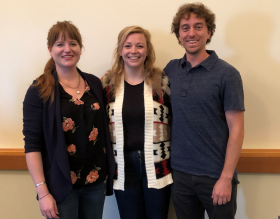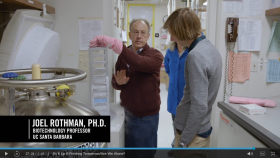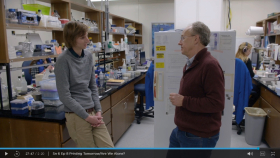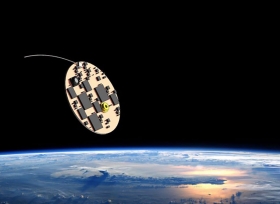Interstellar travel, light-driven spacecraft, suspended animation. It sounds like the formula for countless science fiction stories, but it could be reality in the not-so-far future if UC Santa Barbara researchers Philip Lubin and Joel Rothman get their way.
“Humanity has dreamed of interstellar flight for more than 100 years. We are working on bringing this dream to reality for all of us, but particularly for the next generation,” said Lubin, a physicist. He leads the UCSB Experimental Cosmology Group, which investigates, among many things, travel in deep space and searches for extraterrestrial intelligence.
Through the UCSB NASA Project Starlight program, Lubin’s team plans to use laser-propelled miniature spaceships (or “spacechips,” as they have been called) to transport the Rothman Group’s miniature lab animals across vast interstellar distances. These humble microscropic creatures — nematodes and tardigrades — are extremely hardy and can be placed in suspended animation to withstand the cold of space and the rigors of near light-speed travel through the cosmos.
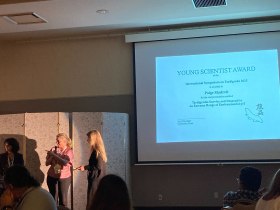 Our tardigrade group attended the International Tardigrade meeting in Japan and graduate student Paige Shukwit was honored with the Young Scientist Award for her talk! Most of our tardigrade crew was also captured in the local news of Tsuruoaka, Japan while attending the meeting!
Our tardigrade group attended the International Tardigrade meeting in Japan and graduate student Paige Shukwit was honored with the Young Scientist Award for her talk! Most of our tardigrade crew was also captured in the local news of Tsuruoaka, Japan while attending the meeting!


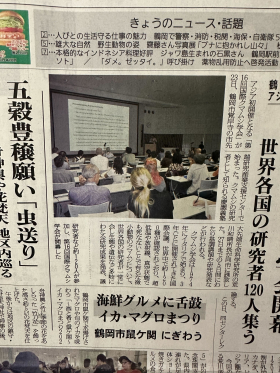

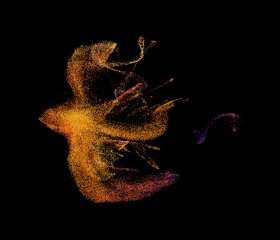 Anna's entry titled, "The Germline: A Biological Phoenix" won first prize (top award) as well as best caption! Her art piece will be showcased at the Santa Barbara Museum of Art in October.
Anna's entry titled, "The Germline: A Biological Phoenix" won first prize (top award) as well as best caption! Her art piece will be showcased at the Santa Barbara Museum of Art in October.
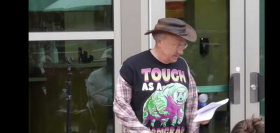
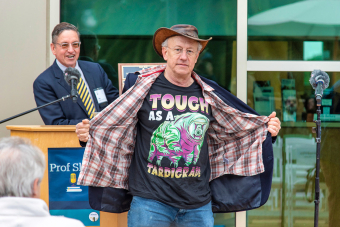
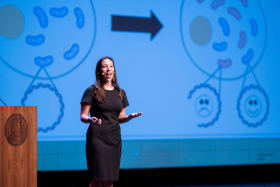
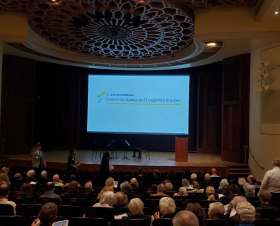
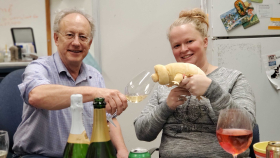
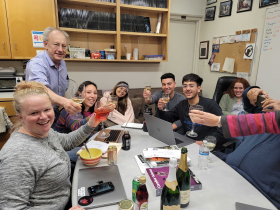 Molly Kirk is the proud recipient of a 3 year postdoctoral fellowship from the NIH. She is only the second researcher to receive an NIH award for work with Tardigrades!
Molly Kirk is the proud recipient of a 3 year postdoctoral fellowship from the NIH. She is only the second researcher to receive an NIH award for work with Tardigrades!
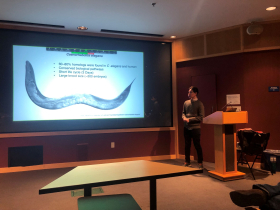
 Tsunghan Yeh brought his PhD thesis work to a close at the end of 2022 with a successful hybrid talk defending his thesis to attendees both in person at UCSB and across the world over Zoom. He presented his work identifying transdifferentiation regulatory genes by pooled sequencing strategy. He is looking forward to publication of his thesis work coming soon!
Tsunghan Yeh brought his PhD thesis work to a close at the end of 2022 with a successful hybrid talk defending his thesis to attendees both in person at UCSB and across the world over Zoom. He presented his work identifying transdifferentiation regulatory genes by pooled sequencing strategy. He is looking forward to publication of his thesis work coming soon!

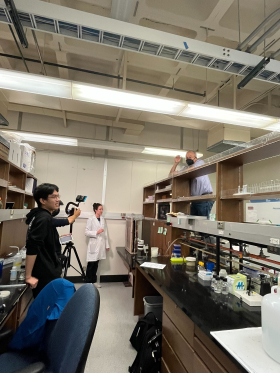 This summer the Rothman Lab was once again infiltrated by a camera crew. This time it was Jove filming video for the recent publication on the protocol Caroline Ackely developed for her gravitaxis studies. Joel was even seen scaling the walls to get a better view!
This summer the Rothman Lab was once again infiltrated by a camera crew. This time it was Jove filming video for the recent publication on the protocol Caroline Ackely developed for her gravitaxis studies. Joel was even seen scaling the walls to get a better view!
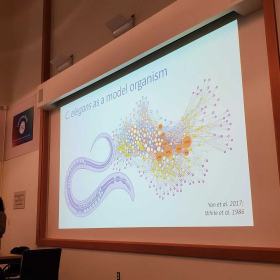
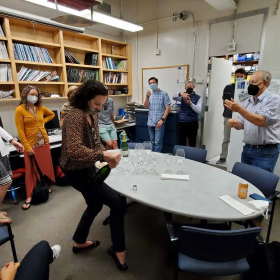 Title: Feeling the Weight of the World: Gravity sensation and sensory integration in C. elegans
Title: Feeling the Weight of the World: Gravity sensation and sensory integration in C. elegans
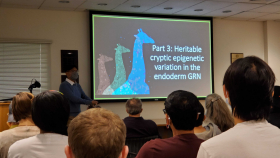


 Rothman Lab's own "Ethan" Chee Kiang Ewe shares his story and has officially spread his wings to soar with the eagles in his latest article published in Science. He chronicles his evolution as a scientist and embraces the journey he has taken to rediscover his identity along the way.
Rothman Lab's own "Ethan" Chee Kiang Ewe shares his story and has officially spread his wings to soar with the eagles in his latest article published in Science. He chronicles his evolution as a scientist and embraces the journey he has taken to rediscover his identity along the way.
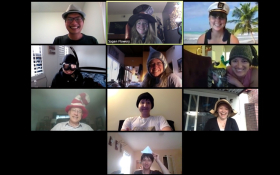
 Even during our shelter in place the Rothman Lab journal club continues and we enjoy discussing the latest pandemic news, science papers, favorite hats, and our pets' antics!
Even during our shelter in place the Rothman Lab journal club continues and we enjoy discussing the latest pandemic news, science papers, favorite hats, and our pets' antics!
